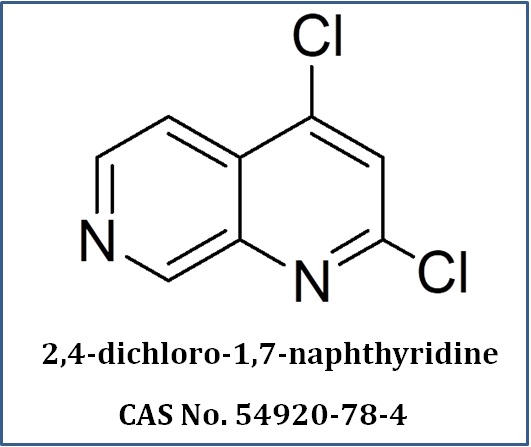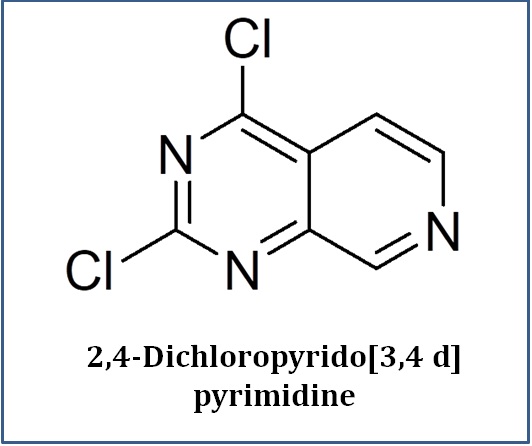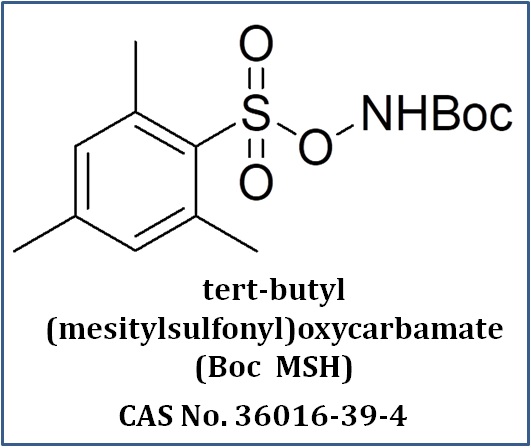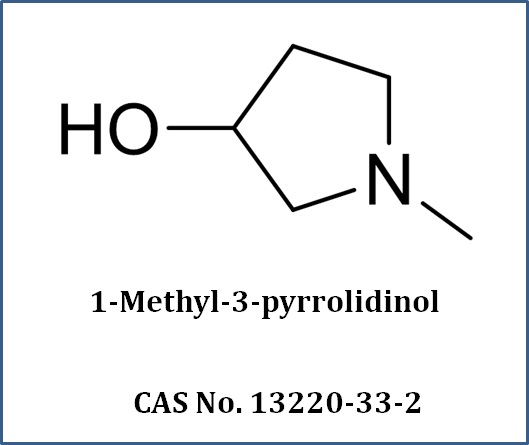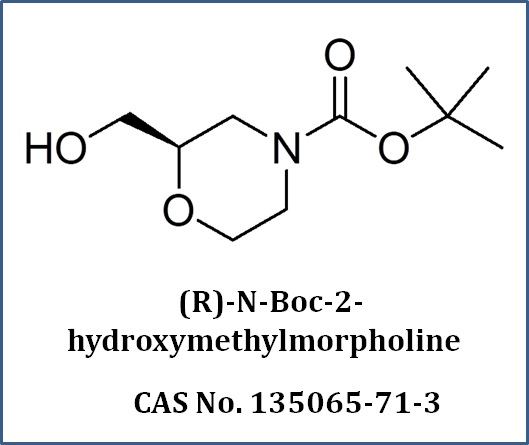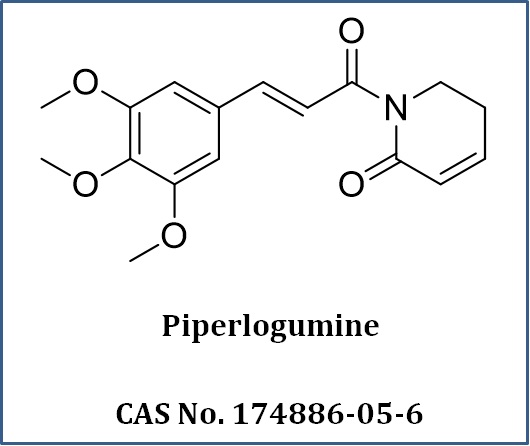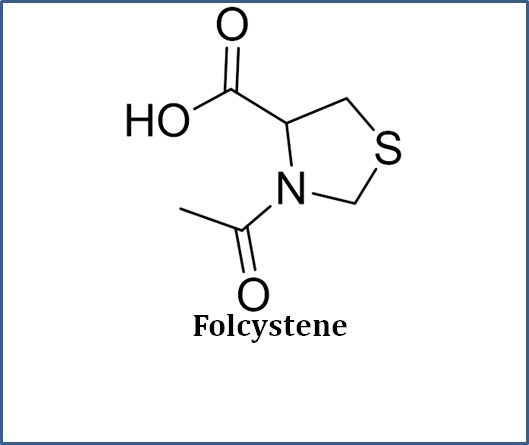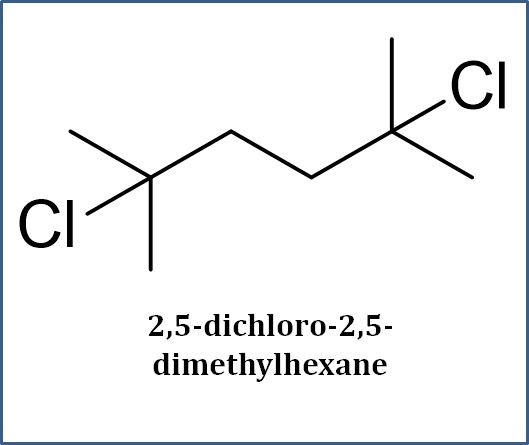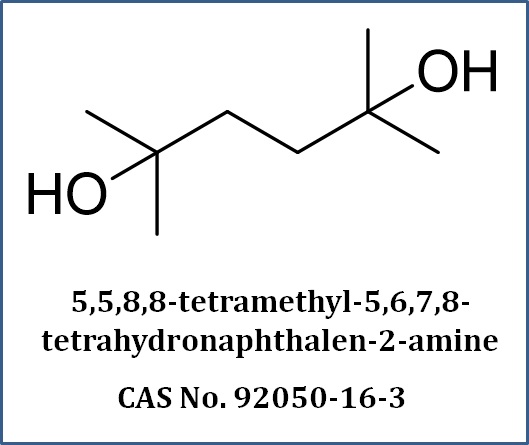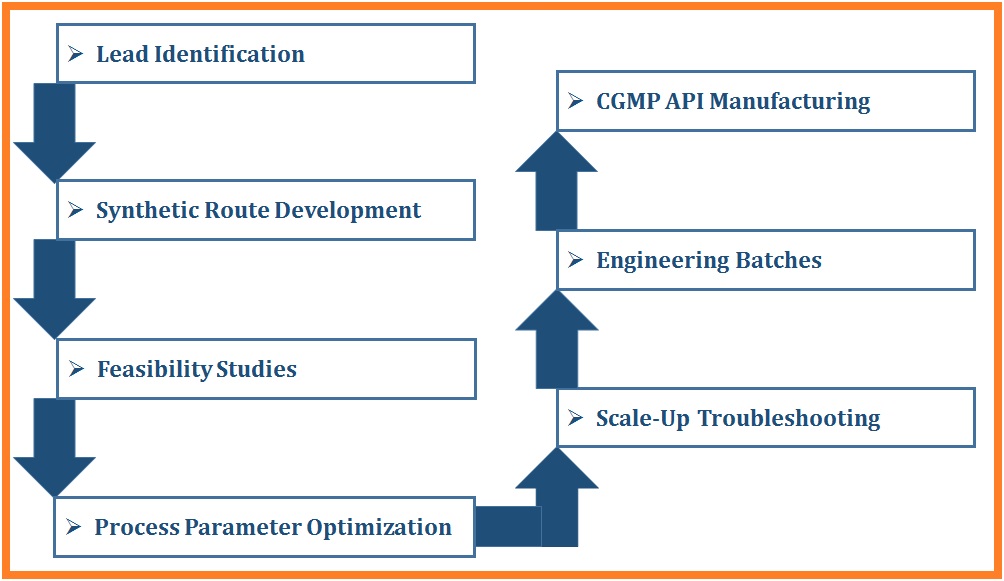
What We Do
At Chemengine, our expertise is often called on to provide route scouting, and we’ve found that demand for these services has continued to grow as more companies realize the cost, efficiency and safety benefits of process optimization. In this post, we’ll share some of the top things to consider when devising new routes. Essential Drivers of API Route Scouting.
- When developing a new synthetic API route, you should look for a route that:
- It's is cost-effective
- Has the same quality or greater quality than the previously agreed upon route
- Provides reasonable time to market
Route Scouting for APIs & Key Intermediates
While meeting the three criteria above would yield the most benefit, focusing on even one or two of these criteria can provide significant process improvements. For niche products, most companies seek to reduce cost by 2-5% through alternate routes; for generics, much greater savings are sought.
In addition to cost, other factors to consider are batch sizes, throughput of the product, lead time and reducing batch cycle. Shortening the route is frequently a goal, as this one change can singlehandedly decrease cost, time, waste and regulatory constraints.
Ask the Right Questions to Improve Alternate Routes:
- When considering a route change, the first question to ask is why. By changing the route, what clear benefits can be gained in terms of cost, time and availability?
- The next point to consider is the availability of your raw materials. Are they maximized by your current process, or could an alternate process improve on it? Next, look at the volume of the product in the market. The higher the volume you need to produce, the more benefit you gain from improving the route.
- Does the manufacturer you work with conduct company product profile matching? This can be very helpful when seeking to make a change. When examining the cost benefit, does it extend to the manufacturer as well as to you?
- Is the process feasible in the manufacturing plants you’ve selected?
- Lastly, what alternate green reagents could be used for long-term sustainability of the product? Today, the most innovative routes use the least resources possible and minimize impact on the environment.

